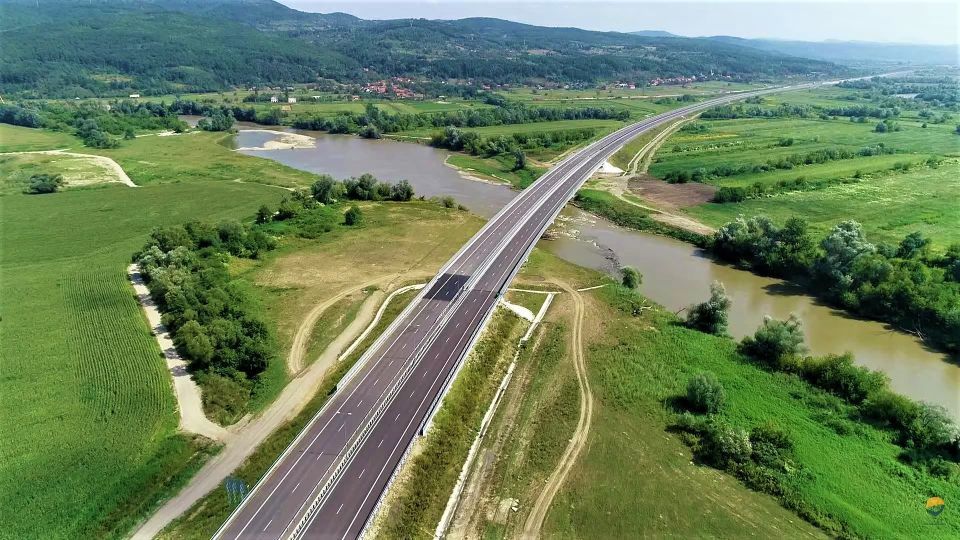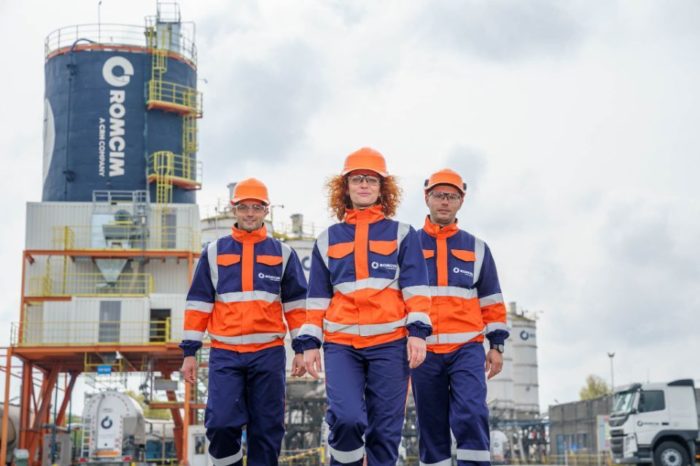Horváth & Partners: “97 percent of large infrastructure projects in Romania are delayed due to poor relationship with the authorities”

The conclusions of a recent study by Horváth & Partners reveal that 97 percent of large infrastructure projects, reported both globally and in Romania, had implementation delays due to poor relations with regulators and fines resulting from misunderstanding regulations. Other reasons behind the difficult progress are the inefficient organization of internal processes and competencies, as well as the flaws of collaboration with contractors. The development of local strategies in the main urban centers of the country is dragging on, and this fact generates the lack of coherence of the projects.
Without an improvement in the implementation of infrastructure projects, Romanian municipalities will remain far from achieving the status of smart cities which, according to the European Commission, is a community in which traditional services and networks are streamlined by using telecommunications and digital technologies to support citizens. economy.
Currently, about 20 major cities in Romania have launched smart development initiatives aligned with the needs of the economy and its inhabitants, of which at least 10 were started in 2020. Among them, in 2020 were distinguished as examples of strategic thinking: Alba Iulia , with 106 projects, Cluj-Napoca, with 54, Timisoara with 26 and Oradea, which has 17 projects. Oradea stood out with the high rate of attracting European funds, which rose to 200%, compared to the national average of 38.9%. Thus, in the period 2014-202, Oradea will absorb 255.5 million euros, which are allocated in the areas: smart mobility, smart lifestyle, smart governance, smart environment, and smart economy.
The Horváth & Partners study also included 50 smart cities and large projects designed to become smart cities globally, five of which are benchmarks for successful practices and strategies: Seoul, Barcelona, Milan, Dubai, and Copenhagen. According to the analysis, the three main characteristics underlying the success of a smart city project are: (1) in 98% of cases, the definition and implementation of efficient project management structures, before the start of the project; (2) 97% of the projects benefited from the involvement of environmental activists and local communities, before the start, not at the end of the project; (3) In 92% of initiatives, maintaining a good relationship with contractors was the success factor.
From the opposite perspective, the major causes leading to the failure of large infrastructure projects are: (1) delays caused by a regulator – 97%; (2) fines imposed by a regulatory authority – 95%; (3) an inefficient operational model and a poor relationship with contractors – 90%.
“Apart from the successful initiatives we have analyzed, we can also draw important conclusions from the aspects that generated inefficient projects. Among them we noticed the lack of correct understanding of the expectation of regulators and poor communication with them, as well as the misinterpretation of the regulatory framework. The following years are the defining ones for the economic and social evolution of Romania. Given the significant volume of funds available, the success of the development of our country is, more than ever, related to the efficiency of the structures we define to manage important projects and the degree to which we manage to absorb the money received from the European Union. The integration of smart systems in the urban development strategy is a priority, and investments in smart cities must be supported by capitalizing on the synergy between existing public funds, European, national and regional,” said Vlad Gheorghe, Horváth & Partners representative.
In the next budget year, for the period 2021 – 2027, Romania will benefit from over 80 billion euros. According to the representatives of Horváth & Partners, Romania will have to increase its absorption capacity 3-4 times, to be able to use them 100%. An important part of these funds, those for reconstruction and development, are conditioned by the absorption of funds until 2026.














